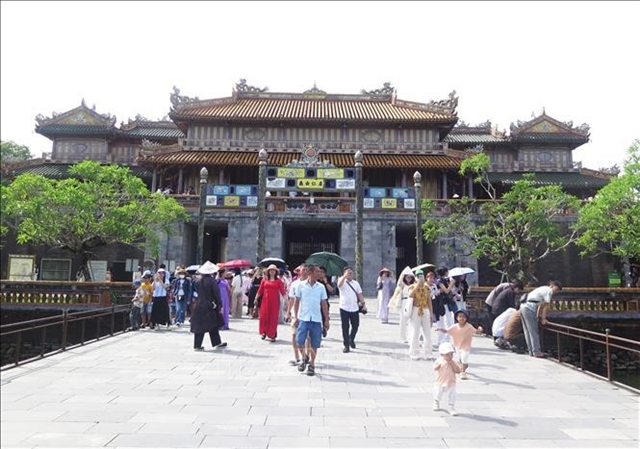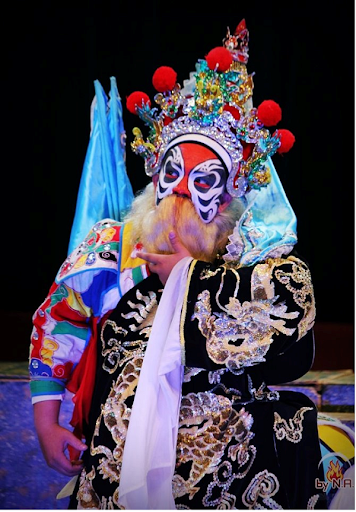 Life & Style
Life & Style


|
| Young artists from the HCM City Tuồng Theatre are helping to preserve and develop tuồng, a traditional genre of Vietnamese theatre which began in the 17th century. Photo courtesy of the theatre |
HCM CITY— A new art programme offering tuồng or hát bội (classical drama) has just been launched at the HCM City Museum of History as part of the museum’s efforts to introduce Vietnamese culture and theatre to visitors.
The programme offers excerpts from famous historical plays, such as Trần Bình Trọng Tuẫn Tiết (National Hero Trần Bình Trọng), Hồ Nguyệt Cô Hoá Cáo (Nguyệt Cô Turning into a Fox) and San Hậu (The Reign). The shows will be staged by talented artists of the city’s Hát Bội Theatre, one of the region’s leading traditional theatres.
Talks about tuồng's history and development during various periods will also be included.
Dozens of musical instruments and costumes used in tuồng will be exhibited after every show.
“Our programme aims to honour tuồng and its artists who have used their art to keep traditional Vietnamese theatre alive,” said Lê Diễn, director of the theatre.
“We also hope the museum’s visitors will learn about the country’s history, culture and lifestyle through our performances.”

|
| Tuồng was developed from a folk art into a royal art in the 17th century. Its performers wear heavy costumes sometimes weighing up to 10 kilos. Photo courtesy of the theatre |
Viễn’s theatre previously launched a free programme called Giới Thiệu Nghệ Thuật Tuồng (Introducing Tuồng) on Bùi Viện Walking Street in District 1 to introduce the art to foreign visitors. The event was staged twice a month on weekends and featured young performers trained by People’s Artist Đinh Bằng Phi, who has more than 45 years of experience.
Tuồng developed from a folk art into a royal art in the 17th century. Its themes include monarchist loyalty and patriotism which help define the play’s structure, language, music, struggles, and characters' personalities.
The art, which consists of singing and dancing accompanied by music, is highly stylised and filled with symbolism. Performers wear heavy costumes sometimes weighing up to 10 kilos.
They use their body, from the fingers and elbows to all of the muscles, to perform movements on stage. They must have a strong voice to sing and dance at the same time and express the emotions of each character.
The HCM City Museum of History was built by the French colonialists in 1929. It is located on 3,000 square metres and displays more than 40,000 artefacts. It has organised cultural activities and art shows to introduce Vietnamese history and culture.
The programme will be staged every weekend morning from July 19 till the end of August at the museum at 2 Nguyễn Bỉnh Khiêm Street in District 1. — VNS




